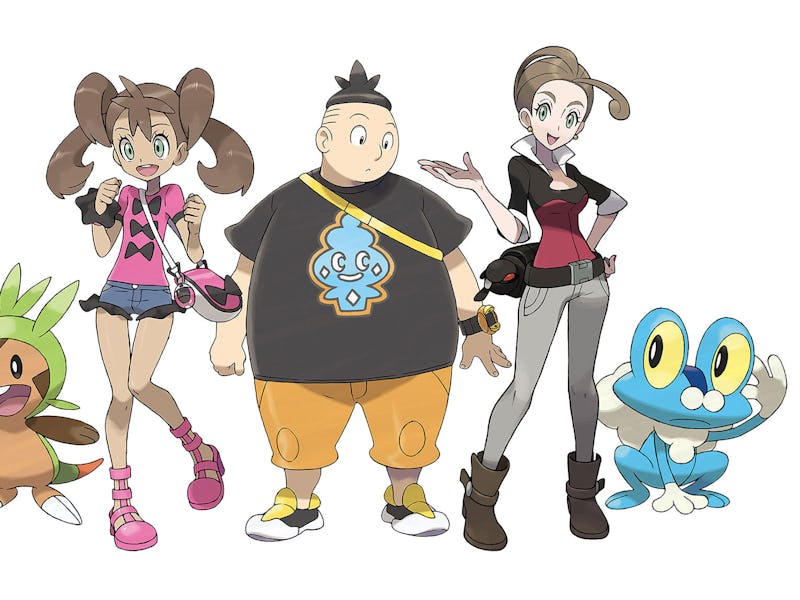9 years ago, one stylish mechanic changed Pokémon forever
Walk, walk, fashion baby!

Pokémon X and Y was the first mainline Pokémon game to feature 3D graphics. Sure, Pokémon Diamond and Pearl had the “kind of 3D” graphics when you flipped on the 3D tab on the Nintendo 3DS, but it wasn’t the same as an experience where everything had the added dimension. It featured 3D graphics for everything from characters to landscapes and even enabled game-changing features that Pokémon fans take for granted today. What many people forget is that Pokémon X and Y were also the first mainline games to introduce customizable avatars. It’s something that’s even present in the upcoming Pokémon Scarlet and Violet games. We’re not just talking about hair, skin, and eyes. We’re also talking about fashion!
Here’s how Pokémon X and Y made the series fashion friendly.
Pokémon X and Y launched for the Nintendo 3DS on October 12, 2013. It was still an age where video games were transitioning between 2D and 3D, and character customization in Pokémon games was basically nonexistent. It’s unclear if 3D was really the barrier to that level of creative freedom, but the 3D models allowed Game Freak to start the trend with an impressive level of detail for its time.
Pokémon X and Y didn’t stop at simple palette swaps for your default tracksuit and a hat. It also offered clothing that fit a variety of styles and seasons for male and female avatars, including shirts, jackets, skirts, dresses, and basically every accessory down to the socks. Your avatar didn’t need to just wear sweats and research gear anymore. Now, they could wear plaid pants and frilly dresses!
If you don’t have enough style points, the clerk will instead lament that you aren’t stylish enough to enter the store.
I spent way too long adjusting my character’s clothes, changing them every so often to spice up my cutscenes. There wasn’t a boutique in every town, but when there was, it was a different style than the last. I drooled over the cutesy and punk clothes in Anistar City and even appreciated the classy winter coats from Snowbelle City. I sometimes felt compelled to change her clothes depending on the town so that she was seasonally appropriate, too. It’s tempting to collect all the clothes just to have the largest selection possible.
Pokémon X and Y also incorporated style into its identity by making it a valuable metric. The biggest example was Lumiose City, the fashion capital of the Unova Region, which ran on a hidden system of “style points.” Those points had nothing to do with how many clothes you bought, but they did give you access to the exclusive boutique and other discounts once the Lumiose City residents dubbed you “stylish.” So Pokémon X and Y’s reputation for style extends beyond its customization and now continues through other games.
YouTuber MunchingOrange gives an example of a designer outfit for male avatars.
Pokémon Sun and Moon, Sword and Shield, and now Scarlet and Violet have since built on the features present in X and Y. There were only a handful of hair colors at first. Then, the games slowly introduced varying shades of brown and even bright pink. Pokémon Legends: Arceus, even though it’s not a mainline Pokémon game, showed off a selection of feudal-themed clothing that differed from other series styles. Scarlet and Violet actually include one of the biggest changes since the trend was originally introduced, adding more skin colors and realistic hair textures that represent a wider population. Tightly coiled curls and cute outfits are now a thing.
So thank Pokémon X and Y for being the first to integrate character customization into the series. Well, maybe more specifically, thank Junichi Masuda because he directed the thing.
This article was originally published on